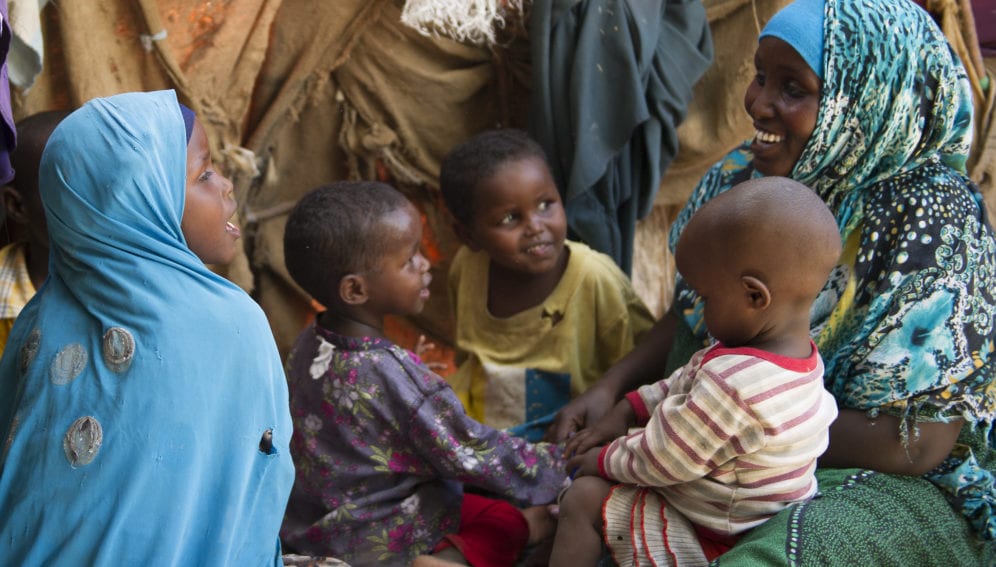14/02/20
Female genital cutting up to 30 percent of health spend

Send to a friend
The details you provide on this page will not be used to send unsolicited email, and will not be sold to a 3rd party. See privacy policy.
[NAIROBI] Female genital mutilation (FGM) costs some countries up to 30 per cent of health spending when the long-term implications are taken into account, the World Health Organization (WHO) says.
Also known as female genital cutting, it is the cultural practice of partially or totally removing external parts of the female genital organ.
“Every year, an estimated three million girls are at risk of undergoing female genital mutilation, the majority of whom are cut before they turn 15 years old,” says Christina Pallitto, a research scientist at the WHO, adding that the practice is mainly concentrated in Western, Eastern, and North-Eastern regions of Africa, as well as in some countries in the Middle East and Asia.
According to the WHO data launched on the International Day of Zero Tolerance for Female Genital Mutilation last week (6 February), treating the negative health impacts of the practice costs the world about US$1.4 billion annually, if all resulting medical needs were addressed.
“Every year, an estimated three million girls are at risk of undergoing female genital mutilation.”
Christina Pallitto, WHO
For individual countries, these costs could run into close to 10-30 per cent of their entire yearly average health expenditure.
Pallitto tells SciDev.Net that a 2018 study conducted with population-level data from 27 countries including Benin, Cameroon, Egypt, Ethiopia, Ghana, Gambia, Iraq, Kenya, Mali, Nigeria, Sierra Leone, Somalia, Togo and Yemen shows that more than 200 million girls and women alive today have undergone female genital mutilation globally.
With growing migration, there has been an increase in the number of girls and women in Europe, Australia and North America who have either undergone female genital mutilation or who may be at risk of being subjected to the practice.
Pallitto says that the cultural practice reflects deep-rooted inequality between men and women, and represents a dangerous form of discrimination against women.
“It is nearly always carried out on minors and is a violation of the rights of children,” she adds.
The practice also violates a person's rights to health, security and physical integrity, the right to be free from torture and cruel, inhuman or degrading treatment, and the right to life when the procedure results in death, Pallitto explains, adding that the practice often persists even among families who agree that it should be abandoned.
Reasons for its continued practice include endowing girls with cultural identity as women, imparting on girls a sense of pride of coming of age and being admitted into communities, preparing girls for motherhood and marriage, and making girls spiritually pure.
Gitahi Githinji, global CEO of Amref Health Africa, says that FGM has no health benefits.
“Girls and women who have undergone the cut find themselves at risk of lifelong complications such as higher risk of infertility, difficulty during labour and child birth, chronic infections and severe pain,” he says.
Besides health risks, Githinji tells SciDev.Net, the practice often keeps young girls and women out of school by contributing towards early marriage, thus limiting their ability to secure decent economic opportunities, confining them within a vicious cycle that prevents them from living full, productive lives and contributing more significantly to economic growth and development.“While there has been sustained investment in community education as well as targeted interventions and efforts towards outlawing FGM in countries such as Kenya, for example, many African cultures and traditions still place a premium on girls and women who have undergone the practice ensures that FGM remains pervasive,” Githinji says.
Pallitto calls for promotion of alternative ceremonies or events marking the admission of young girls into the community or into adulthood without unduly harming their bodies.
This piece was produced by SciDev.Net’s Sub-Saharan Africa English desk.
References
The economic cost of female genital mutilation (WHO, 6 February 2020)

